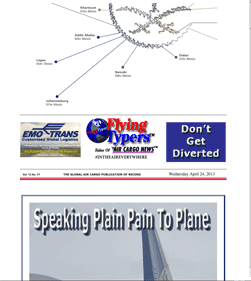| 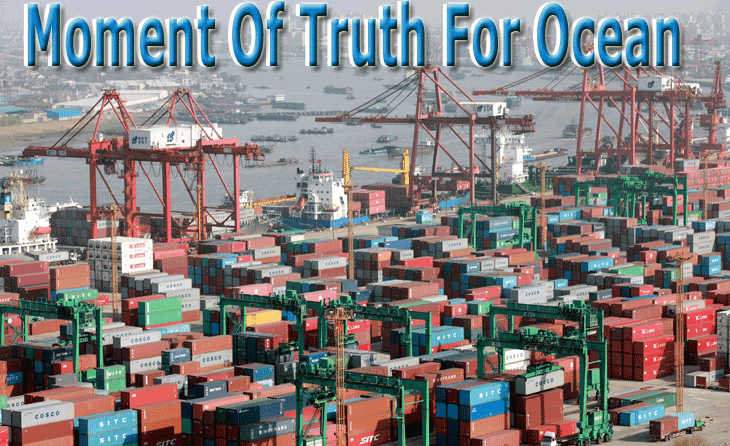
 n
recent months, container shipping
lines have tried every play
in the book in a bid to boost
freight rates, and not without
good reason. After many struggled
to break even last year, the
need could not be more pressing
to play a better hand in negotiations
during this year’s annual
contracting season, which takes
place in the coming weeks. n
recent months, container shipping
lines have tried every play
in the book in a bid to boost
freight rates, and not without
good reason. After many struggled
to break even last year, the
need could not be more pressing
to play a better hand in negotiations
during this year’s annual
contracting season, which takes
place in the coming weeks.
2013
has already seen a rash of new
general rate increases introduced
on Asia-Europe trades by lines,
most notably in March, but with
more scheduled for April.
On
the Pacific trades, the Transpacific
Stabilization Agreement (TSA),
which represents most leading
carriers, declared recently
that market indicators and bookings
indicated a “gradual upturn”
in the market, which was helping
support a new round of GRIs
introduced on April 1.
TSA
executive administrator Brian
M. Conrad said the current trend
of modest but steady growth
was expected to continue in
2013, with improved vessel utilizations
already apparent throughout
April, following the traditional
post-Lunar New Year lull. “Coming
off a period of close to zero
cargo growth in 2012, the outlook
is definitely more positive
at this point,” he said.
But
as lines have attempted to talk
up the market to justify new
GRIs, the facts have been telling
a rather different story, with
rates declining despite the
best efforts of box shipping
companies.
The
GRI announcements by carriers
have to be put into context,
and that context is the need
to soften up counter-parties
in the current negotiations,
especially on the Transpacific
where some 90 percent of cargo
is shipped under the 12-month
contracts now being ironed out.
Despite
the upbeat pronouncements of
leading liner executives, rates
from Asia to both NW Europe
and the Med are now at a 14-month
low, having wiped out all the
March 15 rate increases. Most
analysts predict a similar fate
for April GRIs.
“To
make things worse, some carriers
have deferred their April 15
rate increase until May 1, which
will see rates continuing to
slide south over the coming
two weeks,” said analysts
ACM/GFI late last week.
“The
weakness on both the U.S. routes
[via Suez and the Pacific] does
not bode well for the upcoming
annual Transpacific contractual
negotiations either.
“One
wonders whether this could finally
spell the end of the rut that
the industry has been in for
the last 12 months, whereby
carriers have pushed through
regular rate increases to stave
off the weekly declines seen
in between.”
Lines
are in effect using GRIs, slow
steaming strategies, cancelled
sailings, and laying up tonnage
as a means to maintain a semblance
of rate stability in a market
that remains dominated by excess
capacity.
 Although
container ship demolitions in
the first part of 2013 are running
at record highs—some 450,000
TEU in the first 11 weeks of
2013, according to shipping
organization Bimco—fleet
growth continues, up almost
1 percent in the first quarter
with more ships due later in
the year.
Although
container ship demolitions in
the first part of 2013 are running
at record highs—some 450,000
TEU in the first 11 weeks of
2013, according to shipping
organization Bimco—fleet
growth continues, up almost
1 percent in the first quarter
with more ships due later in
the year.
A
decline in bunker prices could
have a further adverse impact
on carriers’ efforts to
report profits this year by
encouraging lines to break ranks
on capacity management.
“Slow
steaming is closely linked not
only to the poor demand side,
but also to the super-high bunker
prices,” said Bimco’s
Peter Sand. “Should bunker
prices come down significantly
in future, the extent of applied
slow steaming on the trading
networks may be reduced.”
Sand
does see one positive—higher
demand from Asia for imports,
aided by domestic consumption
and strong currencies, not least
the RMB, are providing some
respite on key trade arteries
in the shape of better backhaul
volumes. “This has meant
that the front-haul/back-haul
ratio has come down from 2.60
in 2008 to 2.07 in 2012,”
he said. “This results
in more balanced trades with
higher earnings possibilities
on the total round voyage. This
should improve profitability
in the industry.”
But,
he admits, higher volume on
the back-haul leg has no effect
on the over-capacity situation
as it sucks up no extra tonnage.
“Only higher volumes on
the front-haul leg can do that,”
he adds.
Drewry
estimates that capacity on key
head-haul routes will increase
by 10.2 percent on Asia-North
Europe and 5.5 percent on the
transpacific in the second quarter.
“With over 40 ships of
at least 10,000 TEU due for
delivery in 2013, carriers will
find it increasingly difficult
to manage capacity without upsetting
the fragile supply-demand balance,”
said the company. “Carriers
are asking themselves where
they can put these vessels without
flooding the market.”
As
the TSA’s Conrad admits,
lines are desperate to shore
up rates because fleet expansion
is outweighing cargo growth,
a basic economic fact that explains
why Drewry described the recent
decisions by some carriers to
put more capacity into Asia-U.S.
lanes as beggaring belief.
“As
we head into the bulk of the
negotiations in April,”
explained Conrad, “it
is critical for shippers to
understand that rates which
reflect little or no increase
in rates over 2012 levels are
simply not sustainable in the
long run. The financial repercussions
are serious, and carriers are
looking to ensure that new contracts
include rates that reflect a
meaningful increase above 2012
levels, and closer to the post-April
1 market trends.”
Could
this be construed as a plea
to shippers? Certainly, that’s
the view of ACM/GFI.
“With
the 2013/14 TP annual contract
negotiations about to be finalized,
the contagion that has plagued
Asia-Europe for so long is now
much more real on the Transpacific,”
said the analyst firm. “There
are talks that one of the major
BCOs (Beneficial Cargo Owner)
have agreed to rates unchanged
from last year, which does not
bode well for the carriers this
year.
“Despite
their assurances that they have
control of the capacity situation,
the latest decreases in freight
rates demonstrate that carriers
are still willing to drop rates
to unprofitable levels in order
to fill their vessels. If that
is indeed the case, then without
a significant growth in demand,
the next six months could get
very uncomfortable for a few
of those lines who are already
on the ropes.”
SkyKing
|




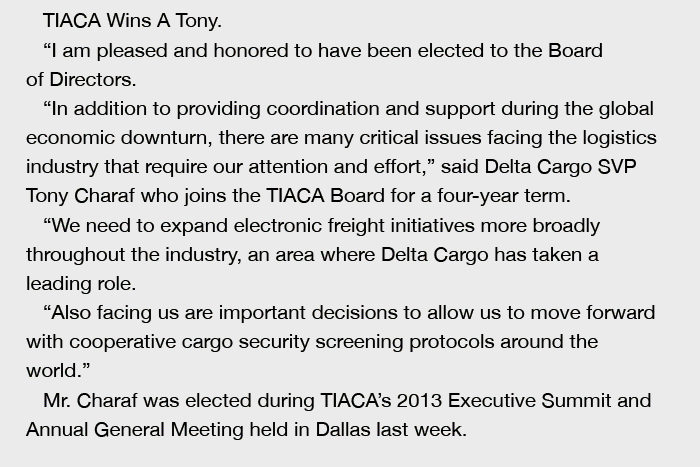
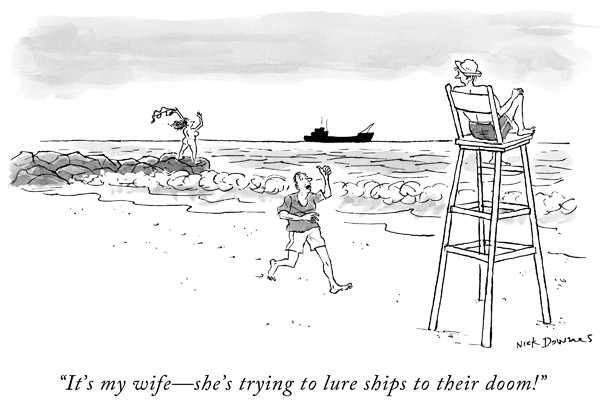
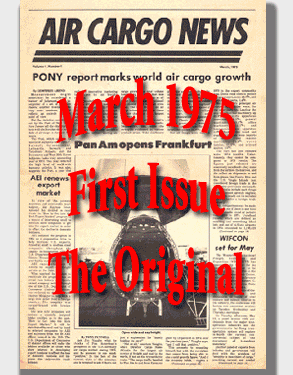

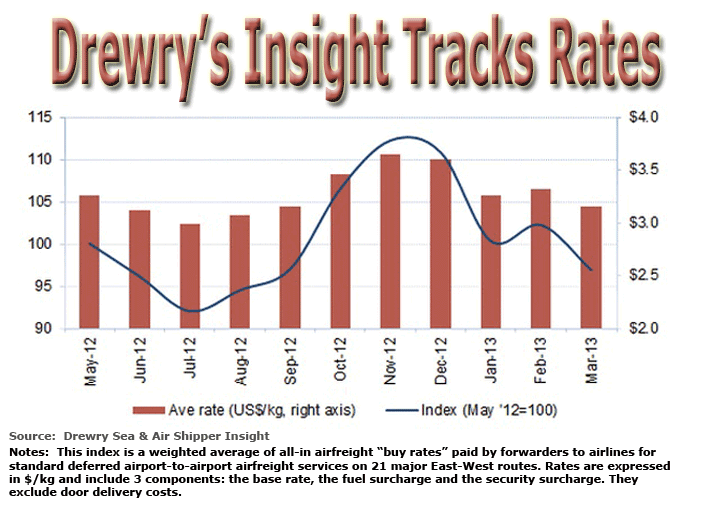

 Although
container ship demolitions in
the first part of 2013 are running
at record highs—some 450,000
TEU in the first 11 weeks of
2013, according to shipping
organization Bimco—fleet
growth continues, up almost
1 percent in the first quarter
with more ships due later in
the year.
Although
container ship demolitions in
the first part of 2013 are running
at record highs—some 450,000
TEU in the first 11 weeks of
2013, according to shipping
organization Bimco—fleet
growth continues, up almost
1 percent in the first quarter
with more ships due later in
the year.


